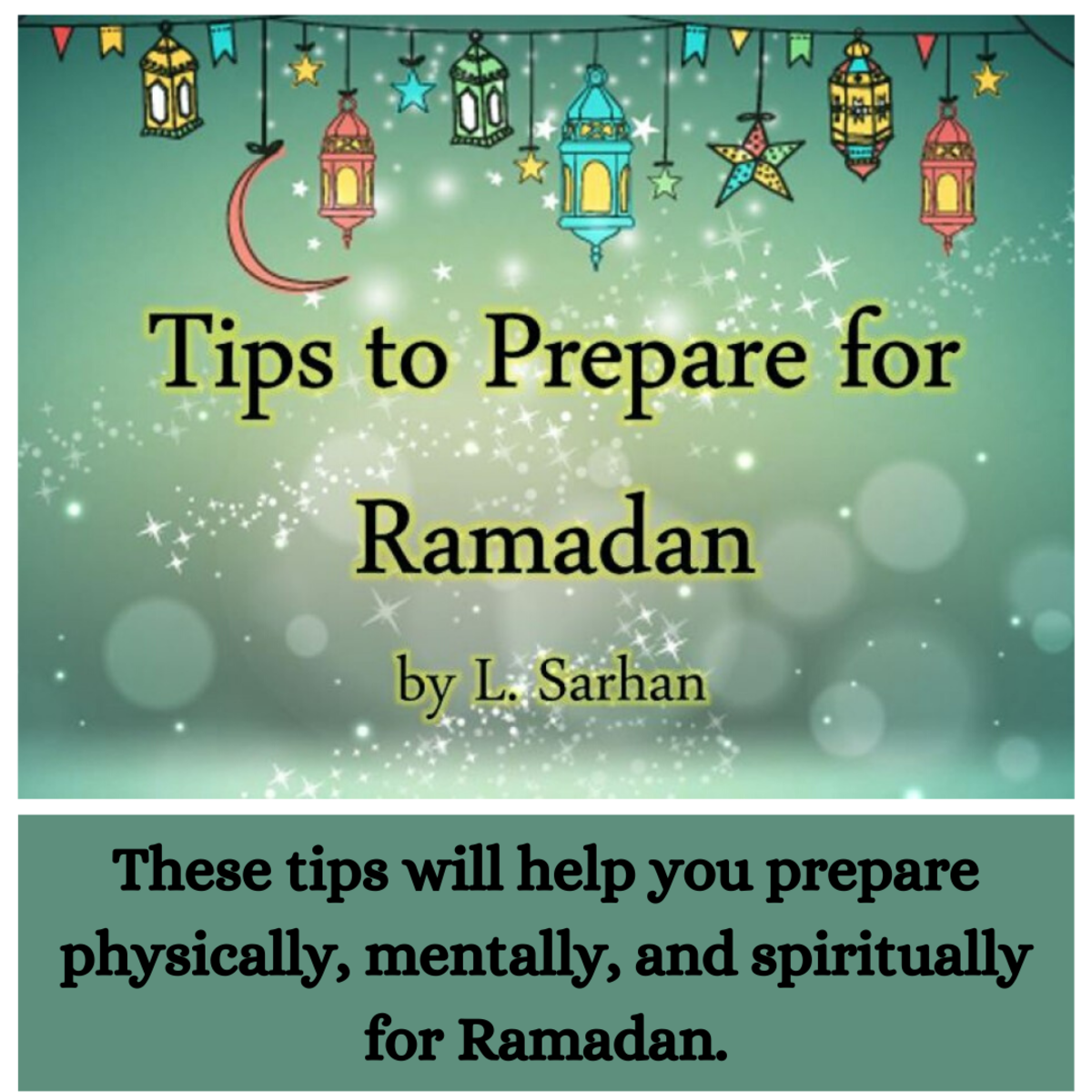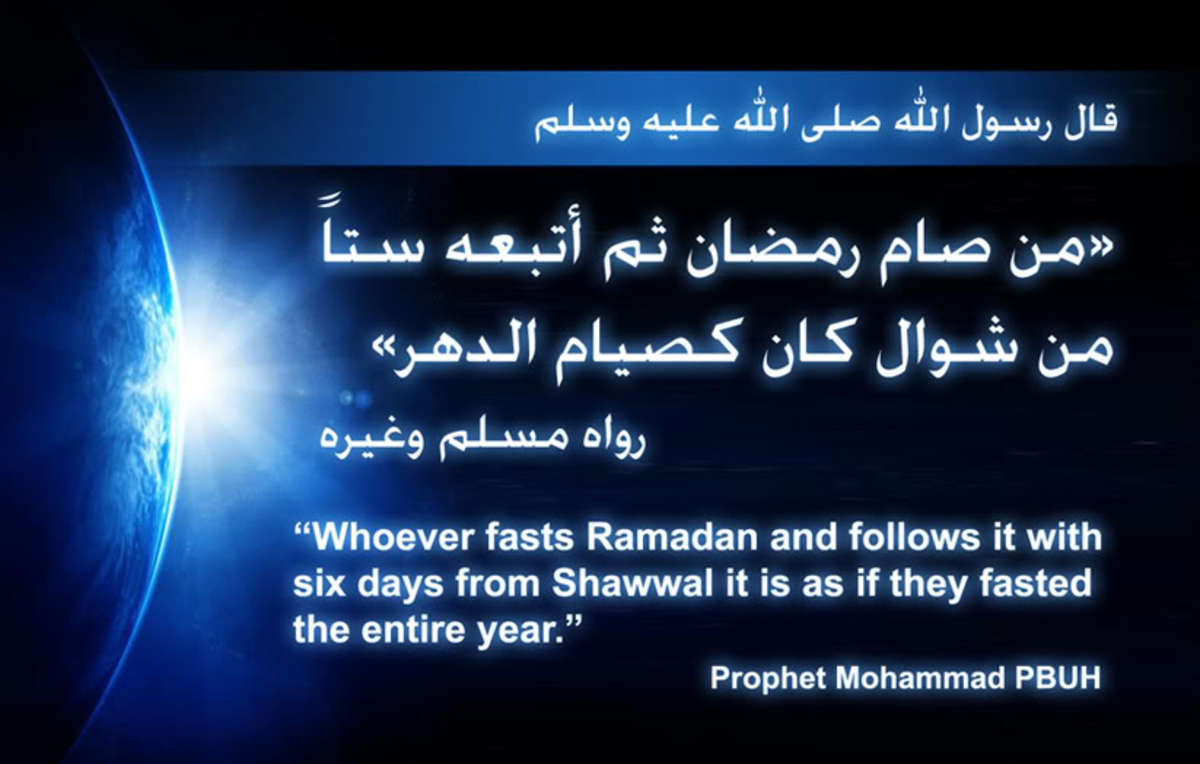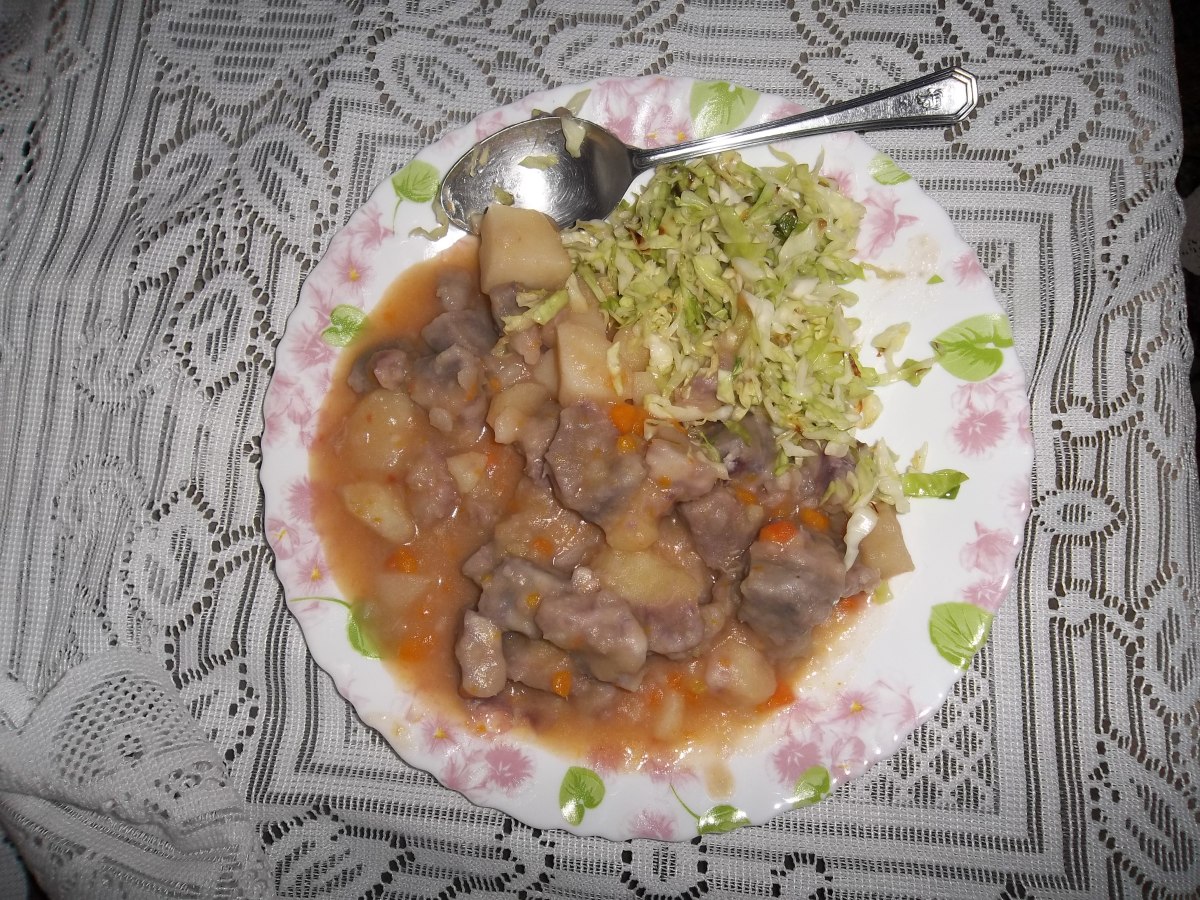Traditional Foods For Ramadan (with Recipes!)
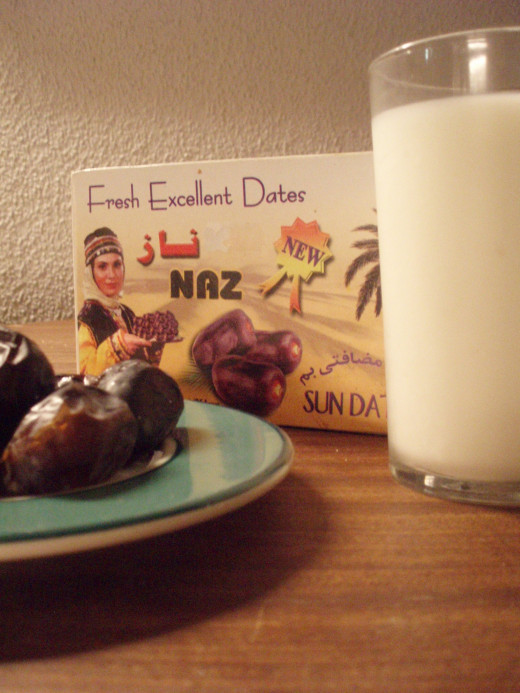
What is Ramadan?
Ramadan is the ninth month of the Muslim calendar, during which Muslims all over the world fast between sunrise and sunset. The requirements of the fast specify that one may not partake in any type of food or drink. It is also required that one abstain from sexual relations (although one may resume relations with one’s spouse once the sun sets) and any negative habits such as cigarette smoking, bad language and backbiting (talking negatively about others behind their backs).
Because the Muslim calendar is based on lunar cycles, timing does not line up with the standard Gregorian calendar that is generally used around the world. This means that Ramadan takes place about two weeks earlier each year, and thus cycles throughout the seasons over time. As a result, daylight hours will vary, meaning that Muslims will fast for longer periods of time during the long daylight hours of the summer, whereas a winter Ramadan will mean shorter periods of fasting.
At the end of Ramadan is a three-day holiday called Eid al-Fitr, which celebrates the end of the period of fasting, and is known for plentiful and delicious foods!
Favorite Foods of the Prophet Muhammad (pbuh):
- Barley
- Dates
- Figs
- Grapes
- Honey
- Melon (all types)
- Milk
- Mushrooms
- Olive Oil
- Pomegranates
- Vinegar
- Water
Purpose of Ramadan
There are many benefits for Muslims who observe Ramadan. Through fasting, one feels hunger and thirst and is reminded that there are many in this world who are less fortunate and do not have enough to eat on a daily basis. Through increased worship and prayer, one becomes closer to God. One is also able to form better habits by consciously refraining from negativity and unhealthy habits.
Breaking the Fast
Almost as important as the fast is how one breaks the fast during Ramadan. Fasting may be good for one’s spiritual and physical health, but only if it is done properly! Eating and drinking during Ramadan takes place between sunset and sunrise, at two meals called Iftar and Suhoor. Between these meals it is important to eat healthily to keep your body strong throughout the month and to drink plenty of fluids to keep yourself hydrated throughout the day (especially during long hot summer days!)
Iftar
Iftar is the meal with which Muslims break their fast each evening after the sun goes down. Traditionally, one should break the fast immediately after the sun goes down by eating dates and drinking a glass of water or milk. After this, one should perform the Maghrib (sunset) prayers, before eating their full meal. This is based on the sunnah (practices) of the Prophet Muhammad (pbuh). As Islam is the primary religion in many countries around the world, there are a variety of different dishes that have been commonly associated with Ramadan.
Stuffed Dates Recipe #1
1 ¼ lbs pitted Medjool dates
½ cup crushed pistachios
6 dried apricots, minced
¼ cup sugar
1 tsp rosewater
Fine granulated sugar
With oiled hands, knead the pistachios with the apricots, sugar and rosewater until a pasty dough is formed. Stuff each date with a spoonful of the apricot pistachio mixture, then roll in sugar.
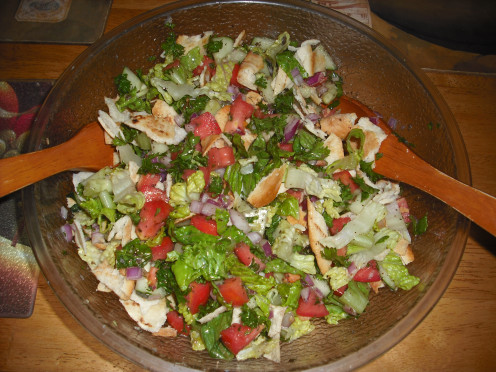
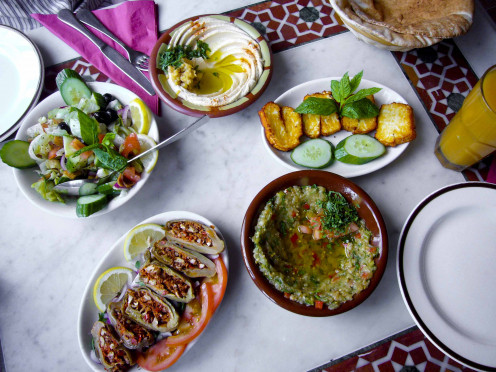
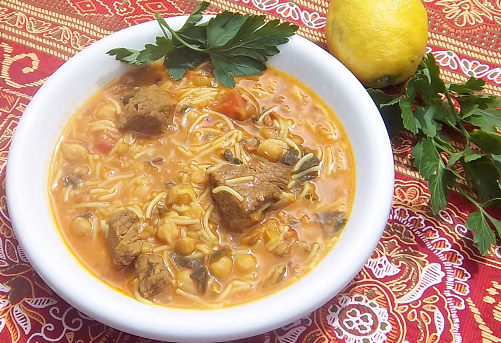
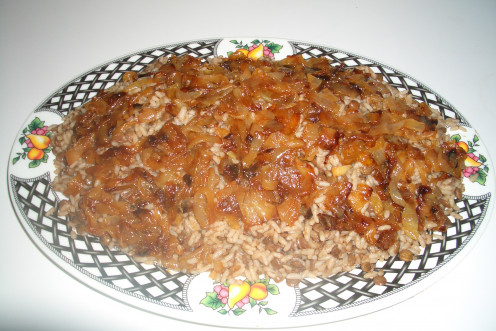
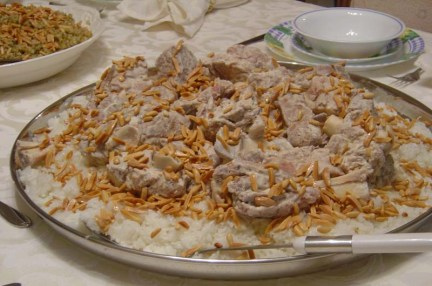
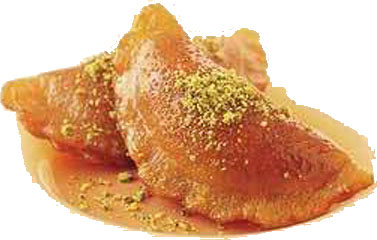
Traditional Iftar Foods Include:
- Dates & Water or Milk are traditionally eaten to break the fast. While plain dates and a simple glass of water or milk are certainly traditional, it is also common to spice things up a bit by making fun and delicious recipes like Stuffed Dates, and dates soaked in milk.
- Fattoush is a delicious salad of Middle Eastern origin. It contains pieces of toasted or fried pita bread, mixed with lettuce, vegetables and a dressing of olive oil and lemon juice with various spices. It may also contain extra ingredients such as crumbled feta cheese and kalamata olives. Salads such as fattoush make an excellent starter for suhoor, as they are filled with healthy and hydrating veggies to refresh your palate after a long day of fasting!
- Mezze is a selection of small dishes that is served as a starter for breakfast, lunch or dinner. In some cases, mezze may be a meal in itself! Traditional dishes include toasted flatbread with various dips and spreads such as hummus (made of chickpeas and tahini), baba ghannouj (made of roasted eggplant), Lebneh (also known as “yogurt cheese”); and several other components such as olives, pickled vegetables, stuffed grape leaves, and other small dishes that may be on hand.
- Hareera is a Moroccan soup that is commonly served during Ramadan. While every family has their own recipe for hareera, it generally contains a meat such as beef, lamb or chicken; chick peas; lentils; rice and various seasonings. Soups are another great starter during Ramadan, as they help to provide hydration after a day of fasting.
- Lentil Soup is another common dish served during Ramadan. There are endless varieties of lentil soup made in many different countries and households. Besides lentils, the soups may contain small amounts of meats, vegetables, and various spices.
- Mujaddara is a Middle Eastern dish comprised of rice, lentils and fried onions. It is a very popular dish all year round, but makes an excellent and filling meal during Ramadan.
- Mansaf is a Jordanian/Palestinian dish comprised of lamb cooked in a fermented spiced yogurt sauce, served over rice or bulghur and flat bread, then garnished with almonds and pine nuts. It is commonly served at special occasions, and so is traditionally made not so much for Ramadan, but for Eid al-Fitr. Most traditionally, the Mansaf would be placed on a large serving platter, and would be topped with the cooked lamb’s head!
- Katayif is an Egyptian dessert that is commonly served during Ramadan. It is made of small pancakes that are stuffed with cheese or nuts, fried and topped in a sweet syrup.
- Ma’amoul are small shortbread-like pastries that are stuffed with a date or nut filling, and often made in a decorative mould. These cookies are traditionally eaten during Ramadan and other religious festivals, but are also popular to have on hand all year round.
- Qamar al-Deen is a thick apricot drink that is made from dried apricot paste. It is traditionally made during Ramadan, and is sometimes also made more thickly so that it sets up into a pudding when refrigerated.
Stuffed Dates Recipe #2
1 lb pitted Medjool Dates
1 cup blanched and peeled almonds
¼ cup sugar
1 ½ Tbs orange blossom water
1 Tbs melted butter
¼ tsp cinnamon
In a food processor, add almonds, sugar and cinnamon and process until the mixture resembles sand. Add the orange blossom water and melted butter. Continue to process until the mixture becomes a smooth paste.
Take a small amount of the almond paste (about a teaspoon or so) and roll into a football shape. Insert the paste into the date and press in the sides. Some of the paste should be exposed through the slit on top. Repeat with the remaining dates.
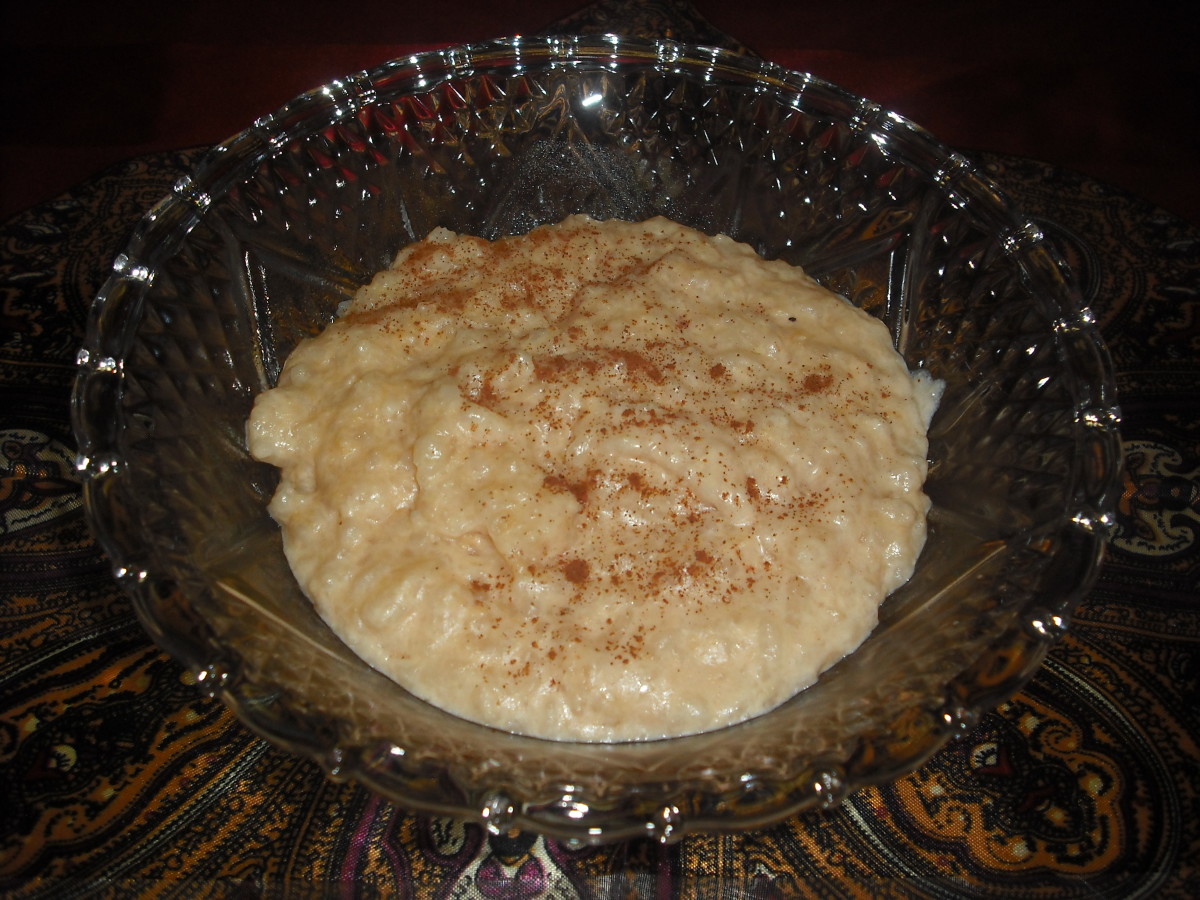
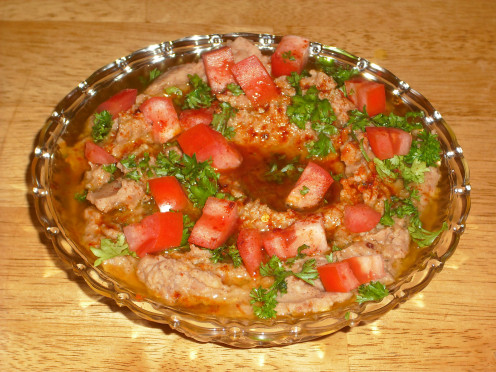
Suhoor
Suhoor is the early morning meal that one should partake in before the sun rises. Because sunrise comes pretty early, suhoor may take place as early as 3 or 4 in the morning during the summer. Despite the unpleasantly early hour, it is very important that one gets up to eat and drink before the sun rises in order to sustain the body throughout the day. Suhoor can be as simple or as lavish as you like, but it is suggested to eat foods rich in carbohydrates, as the fiber will help to sustain you throughout the day. This would include many foods commonly eaten for breakfast, such as hot or cold cereals, eggs, fruit, etc. It is also very important to drink as much water or other liquids as possible before the sun rises!
Traditional Suhoor Foods Include:
- Dates are just as important to eat for suhoor as for iftar, due to their high fiber content and nutritional benefits!
- Rice Pudding is not just a delicious dessert, but also makes a tasty addition to suhoor. There are several different types of rice pudding that are traditional in different regions. Egyptian rice pudding is made with short grained Egyptian rice and milk, then simply flavored with sugar and vanilla. Indian rice pudding is made with long grained basmati rice cooked in cream and flavored with spices such as cinnamon and cardamom.
- Foul Muddamas is an Egyptian dish made of mashed fava beans mixed with olive oil, lemon juice, garlic and various spices. It is commonly served for breakfast along with eggs and flat bread such as pita.
- Mezze platters are also traditionally served for suhoor. They may contain the same offerings as for iftar, or they may also include more breakfast-like components such as bread and jam.


